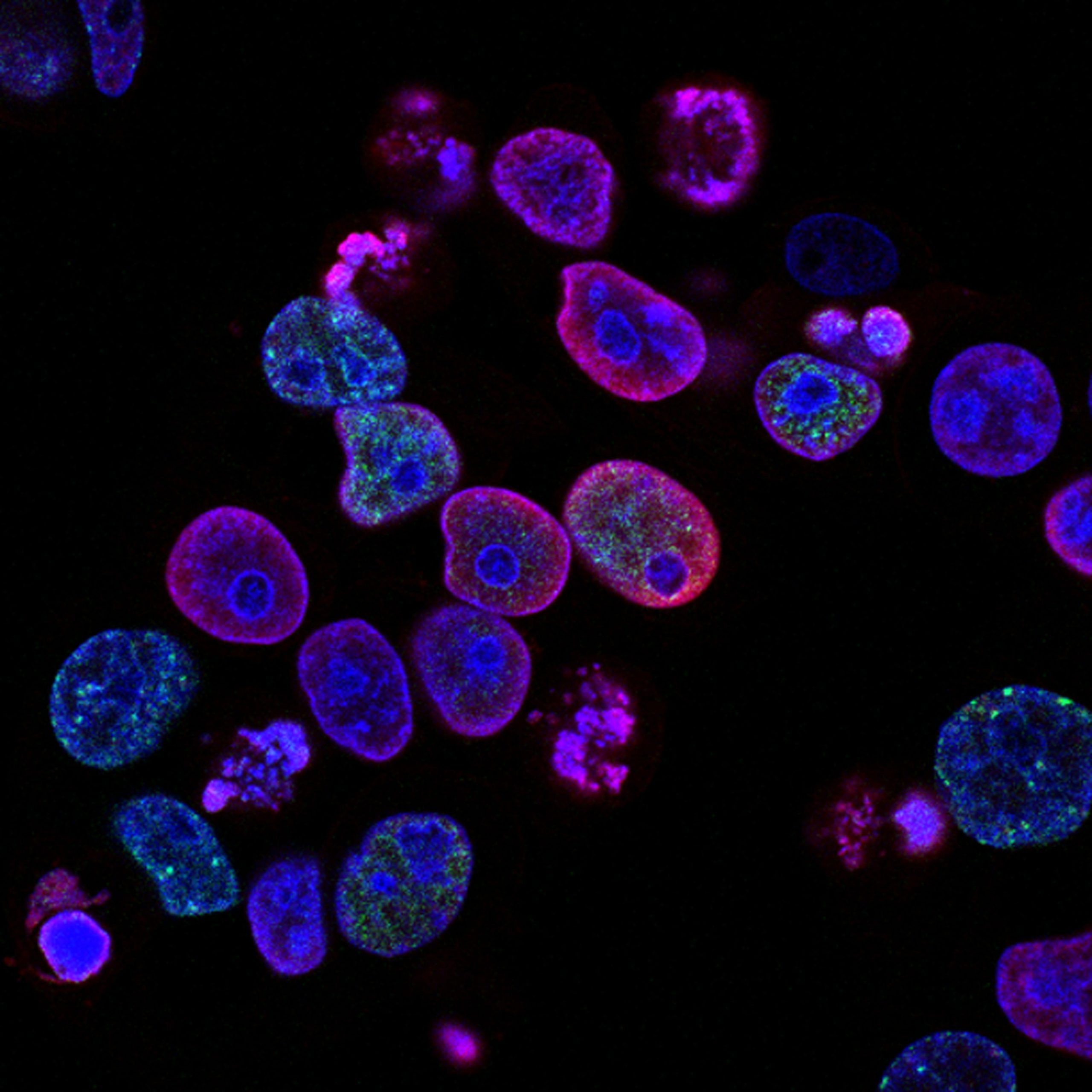
A National Bioeconomy Manufacturing and Innovation Initiative
Summary
The COVID-19 pandemic has devastated the world. In the same year, record fires, hurricanes, and weather wreaked havoc on the United States. These disasters have had devastating economic effects on American lives. To combat COVID-19, foster economic recovery, and address climate change, the United States should implement a National Bioeconomy Manufacturing and Innovation Initiative. The U.S. bioeconomy is composed of healthcare, agriculture, and life-science companies and contributes an estimated 2% of the U.S. GDP. This figure is expected to rise in the coming decade. The bioeconomy also contributes to addressing climate change by reducing U.S. dependence on petroleum-based products and creates American jobs through a growing biomanufacturing sector. Biomanufacturing is the production of products via biological and biosynthetic mechanisms, such as fermentation-based production of industrial ethanol. To fully realize the potential of the bioeconomy, the United States must invest in cross-cutting research and development (R&D) across the areas of healthcare, food & agriculture, energy, environment, and industrial applications. The pillars of this “National Bioeconomy Manufacturing and Innovation Initiative” should focus on (1) cutting-edge R&D, (2) development of fundamental and publicly available tools, and (3) biomanufacturing. The initiative should be coordinated out of the Executive Office of the President via a National Bioeconomy Coordination Office. The initiative should be supported by senior leadership positions at each federal agency with equities in the U.S. bioeconomy, as well as by appropriated funding.
At a time when universities are already facing intense pressure to re-envision their role in the S&T ecosystem, we encourage NSF to ensure that the ambitious research acceleration remains compatible with their expertise.
FAS CEO Daniel Correa recently spoke with Adam Marblestone and Sam Rodriques, former FAS fellows who developed the idea for FROs and advocated for their use in a 2020 policy memo.
When the U.S. government funds the establishment of a platform for testing hundreds of behavioral interventions on a large diverse population, we will start to better understand the interventions that will have an efficient and lasting impact on health behavior.
Integrating AI tools into healthcare has an immense amount of potential to improve patient outcomes, streamline clinical workflows, and reduce errors and bias.